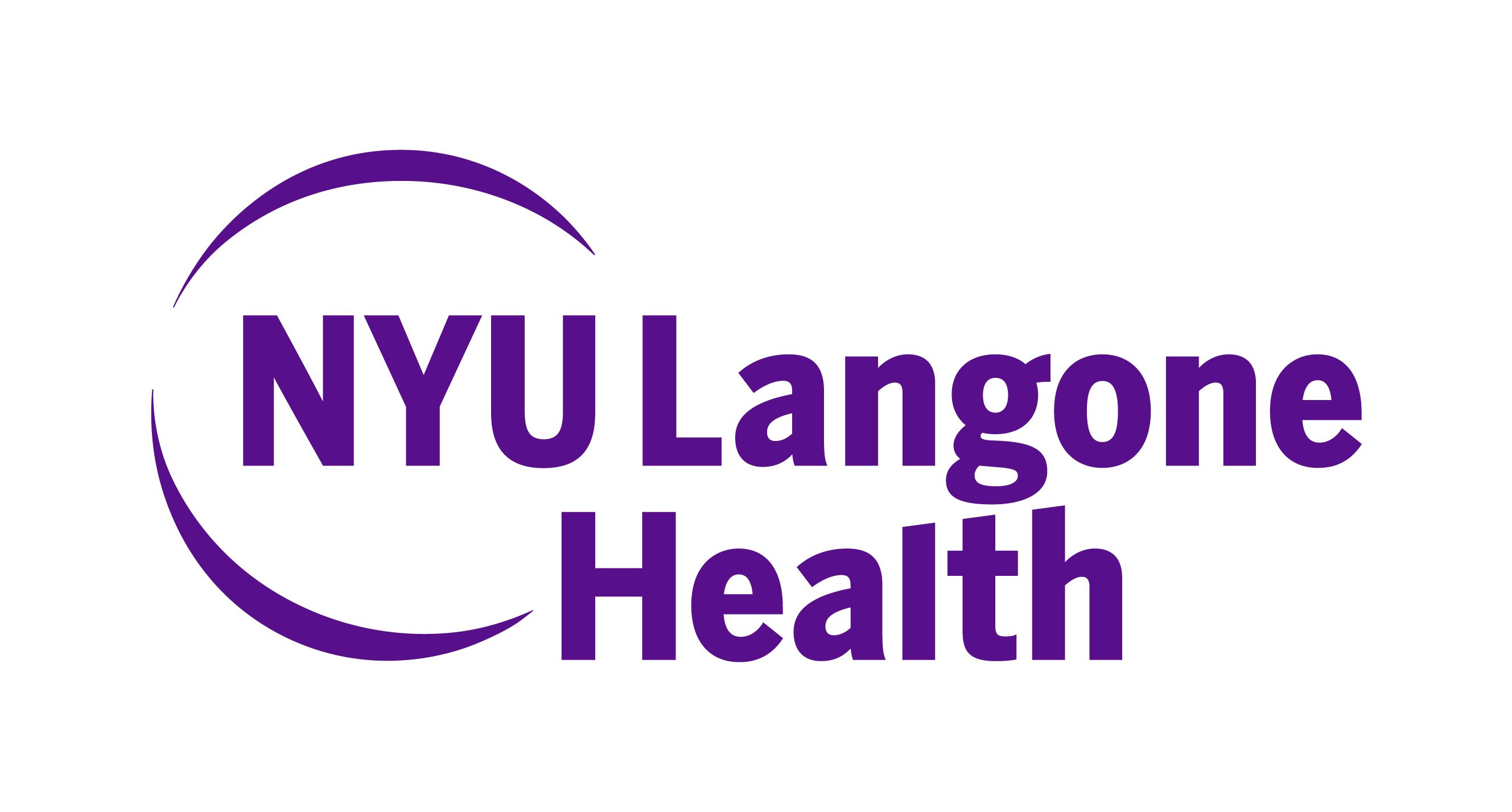
XEN1101 Meets Phase 2b Primary, Secondary End Points in Focal Epilepsy

Monthly focal seizure frequency was reduced from baseline at all 3 dose levels of the differentiated Kv7 potassium channel modulator, compared to placebo.
Positive topline results from the phase 2b X-TOLE trial (NCT03796962) were announced by Xenon Pharmaceuticals, which evaluated XEN1101, a differentiated Kv7 potassium channel modulator for the adjunctive treatment of focal epilepsy in adults.
The treatment demonstrated a statistically significant, dose-dependent reduction in monthly (28 days) focal seizure frequency from baseline, when compared to placebo (monotonic dose response; P <.001), meeting the trial’s primary end point. Data showed a 52.8% reduction in monthly focal seizure frequency in the XEN1101 25-mg group (n = 112; P <.001), a 46.4% reduction in the 20-mg group (n = 51; P <.001), and a 33.2% reduction in the 10-mg group (n = 46; P = .035). Comparably, those in the placebo group experienced an 18.2% reduction.
“Many patients today are living with the debilitating impacts of focal seizures, even while taking multiple anti-seizure medications, so there is a substantial need for new, efficacious and well-tolerated therapies,” Jacqueline A. French, MD, professor, department of neurology, NYU Langone Health Center; co-director, Epilepsy Clinical Trials, NYU Langone, Comprehensive Epilepsy Center; founder/director, Epilepsy Study Consortium; and chair, XEN1101 X-TOLE Steering Committee, said in a statement.
“The X-TOLE results generated from this large, multicenter, controlled trial are truly exciting because they demonstrate impressive efficacy of XEN1101 for adult patients with focal epilepsy, including those with seizures that are deemed difficult to treat. In addition, physicians and patients could benefit from XEN1101’s other important attributes, such as once-a-day dosing in the evening with no titration. With its unique potassium channel mechanism-of-action, the strength of these topline data suggest XEN1101 could play an important role in treating focal epilepsy,” French added.
READ MORE:
The trial also met its secondary end point, as 54.5% of patients had a 50% or greater reduction in monthly focal seizures when receiving 25 mg of XEN1101, compared to 14.9% of those receiving placebo. Of those receiving 20-mg and 10-mg doses of XEN1101, 43.1% and 28.3%, respectively, saw a 50% or greater reduction.
Changes in seizure frequency also initiated statistically significant improvements in patients’ overall status, which was evaluated via the Clinical Global Impression of Change (CGI-C) and the Patient Global Impression of Change (PGI-C). Those receiving the highest dose of XEN1101 scored higher on both scales compared to placebo, with 46.4% reporting patients were much improved or very much improved in CGI-C (P <.001) and 42.9% reporting the same improvements in PGI-C (P = .001). Those in the placebo group reported improvements of 22.8% in CGI-C and 21.9% on PGI-C scores.
A total of 325 patients were included in the randomized, double-blind, placebo-controlled, multi-center study. Participants had an average age of 40.8 years (standard deviation, 13.3), with 8.9% of patients on 1 stable background antiseizure medication (ASM), 40.3% on 2 ASMs, and 50.8% on 3 ASMs. Patients also had a median of 6 failed ASMs prior to entering the study.
When evaluating safety and tolerability, it was found that treatment with XEN1101 was generally well-tolerated. Investigators found that adverse events (AEs) were consistent with other ASMs, and treatment-emergent adverse events (TEAEs) were higher in those receiving doses of XEN1001 groups. At least one TEAE was reported by 85.1% of patients in the 25-mg XEN1101 group, 68.6% of patients in the 20-mg group, 67.4% of patients in the 10-mg group, and 62.3% of patients in the placebo group.
Treatment-emergent serious AEs were reported by 2.6% of patients in the 25-mg XEN1101 group, 3.9% of patients in the 20-mg group, 4.3% of patients in the 10-mg group, and 2.6% of patients in the placebo group. AEs led to treatment discontinuation for 3.5% of subjects in the placebo group, 2.2% in the 10-mg group, 13.7% in the 20-mg group, and 15.8% in the 25-mg group.
“We believe that the X-TOLE topline data support a very attractive clinical profile for XEN1101 with desirable attributes that help differentiate it from other ASMs and suggest XEN1101 could be highly competitive in the future adult focal seizure market,” Ian Mortimer, president, CEO, Xenon Therapeutics, said in a statement. “Of importance, the XEN1101 efficacy data are especially compelling given that approximately 50% of the subjects in X-TOLE were using 3 concomitant ASMs, suggesting that this was potentially an even more challenging patient population than previous studies with other ASMs. Additionally, these data signal activity of XEN1101 in the central nervous system, which further supports our plans to develop XEN1101 in other indications, including major depressive disorder and other types of epilepsy.”
The ongoing open-label extension (OLE) arm of X-TOLE, which enrolled 96.5% of the 285 participants who completed the double-blind portion, has been expanded to 3 years.
REFERENCE
Xenon Pharmaceuticals announces positives topline results from phase 2b ‘X-TOLE’ clinical trial of XEN1101 for the treatment of focal epilepsy. News release. Xenon Pharmaceuticals, Inc. October 4, 2021. Accessed October 5, 2021. https://www.globenewswire.com/news-release/2021/10/04/2307753/33485/en/Xenon-Pharmaceuticals-Announces-Positive-Topline-Results-from-Phase-2b-X-TOLE-Clinical-Trial-of-XEN1101-for-the-Treatment-of-Focal-Epilepsy.html
Newsletter
Keep your finger on the pulse of neurology—subscribe to NeurologyLive for expert interviews, new data, and breakthrough treatment updates.




















